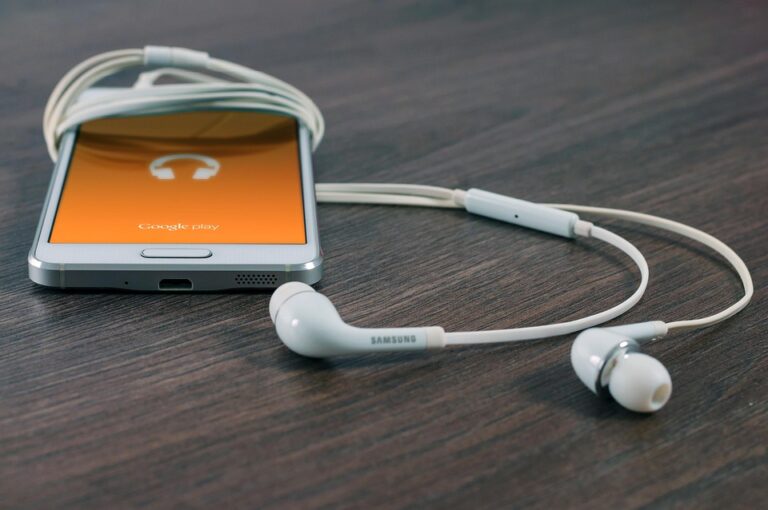
The Evolution of Lightning Cables: A Comprehensive Guide to Their History and Features
In the ever-evolving landscape of technology, few innovations have had as profound an impact on our daily lives as the humble charging cable. Among these, the Lightning cable, introduced by Apple in 2012, stands out as a game-changer. This article delves into its historical context, design philosophy, and the features that have made it a staple accessory for millions around the globe.
1. A Brief Historical Overview
The journey of the Lightning cable began with the introduction of Apple’s 30-pin connector in 2003, used across a range of devices from the iPod to the iPhone. As technology advanced, the limitations of this bulky connector became apparent. Enter the Lightning cable: a sleek, reversible connector that promised not only improved design aesthetics but also enhanced functionality. The transition marked a significant leap forward, reflecting the tech giant’s commitment to innovation and user experience.
Interestingly, Apple’s choice to adopt a proprietary standard rather than a universal one sparked a myriad of debates. Critics argued that it was an attempt to monopolise the accessory market, while supporters hailed it as a necessary move to ensure quality and compatibility. This polarising decision set the stage for a broader discussion about proprietary technology in an increasingly interconnected world.
2. Key Features of the Lightning Cable
The Lightning cable brought with it a host of features that significantly enhanced user experience:
-
Reversibility: One of the most lauded aspects is its reversible design, which eliminates the frustration of trying to insert the connector the wrong way. This seemingly minor detail has saved countless users from the annoyance of fumbling in the dark.
-
Compactness: The cable’s design is notably slimmer than its predecessor, allowing for thinner devices and more efficient use of space. This shift not only enhances portability but also aligns with the modern aesthetic of sleek, minimalist gadgets.
-
Data Transfer Capabilities: Lightning cables support high-speed data transfer, making them ideal for syncing large amounts of data quickly. This has become increasingly important in an age where our devices hold vast amounts of information, from high-resolution videos to extensive photo libraries.
-
Compatibility and Ecosystem: Apple’s ecosystem is renowned for its seamless integration. The Lightning connector allows users to connect a wide array of accessories, from headphones to docks, all designed to work flawlessly with their devices. This compatibility reinforces brand loyalty and encourages consumers to remain within the Apple ecosystem.
3. The Impact of Lightning Cables on the Market
The introduction of the Lightning cable didn’t just revolutionise Apple’s product line; it also had a ripple effect throughout the tech industry. Many manufacturers began to develop accessories compatible with the Lightning standard, leading to an explosion of third-party products in the market. This proliferation raised questions about quality control and safety, as not all third-party cables meet Apple’s stringent standards.
Moreover, the Lightning cable has become a symbol of Apple’s brand identity. The sheer volume of counterfeit products has prompted the company to launch the “Made for iPhone” (MFi) licensing programme, ensuring that consumers can identify genuine accessories. This initiative not only protects users but also underscores the importance of quality in an age rife with disposable technology.
4. Looking Ahead: The Future of Charging Cables
As we gaze into the horizon of technological advancements, the question arises: what lies ahead for the Lightning cable? With USB-C gaining traction in various devices, including recent iPad models, Apple faces pressure to adapt. The European Union’s push for a universal charging standard adds another layer of complexity to the narrative, prompting speculation about whether Apple will eventually transition from Lightning to USB-C across its product line.
This potential shift raises critical questions about user adaptability and the implications for existing Lightning accessories. Will consumers embrace change, or will they cling to the familiar?
As the debate continues, one thing is certain: the Lightning cable, with its blend of innovation and practicality, has etched its place in the annals of technology history. It serves as a reminder of how even the simplest of devices can drive significant change in our digital lives.
In the grand tapestry of technology, each thread interweaves with another, creating a rich narrative of progress. For those keen on staying updated with the latest trends and quality product selections, BargainsTrust continues to bring you a wealth of insightful information and recommendations on all things tech.






